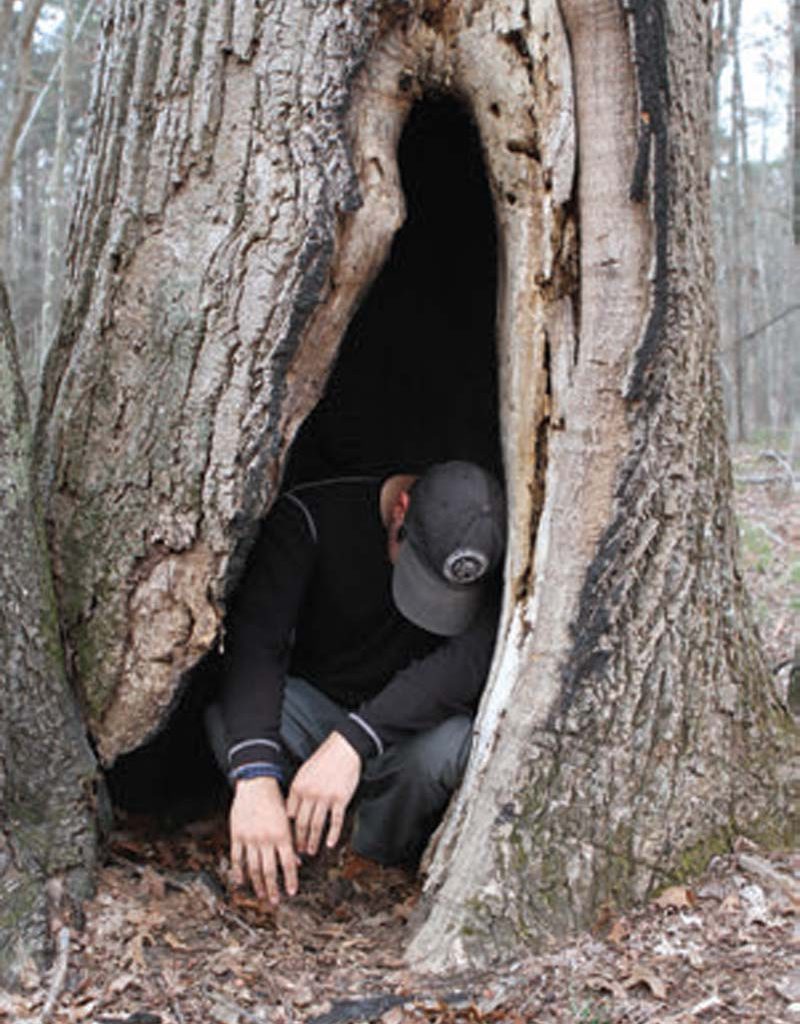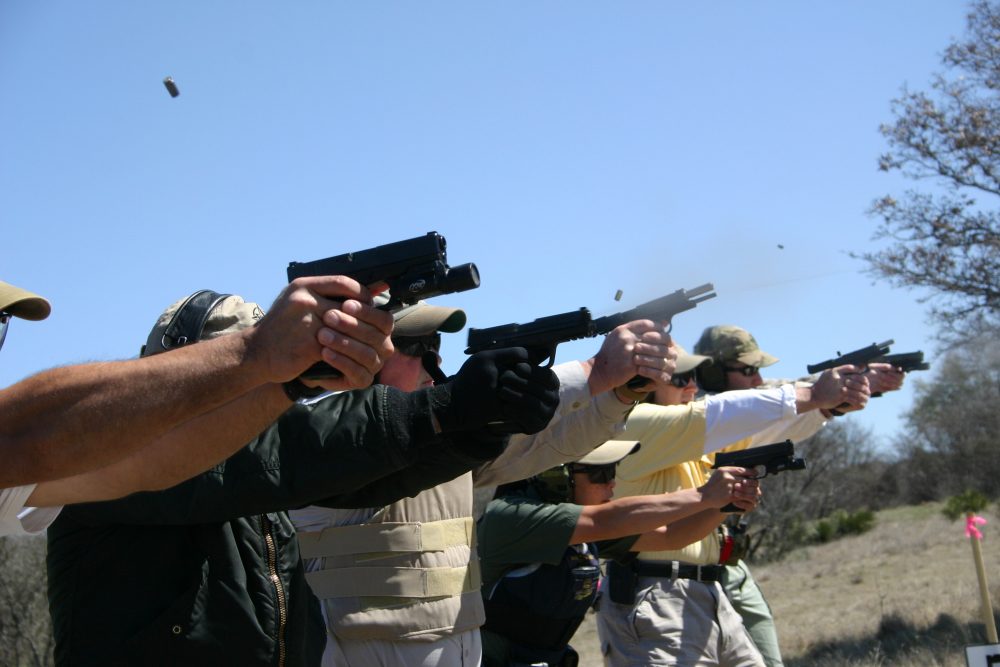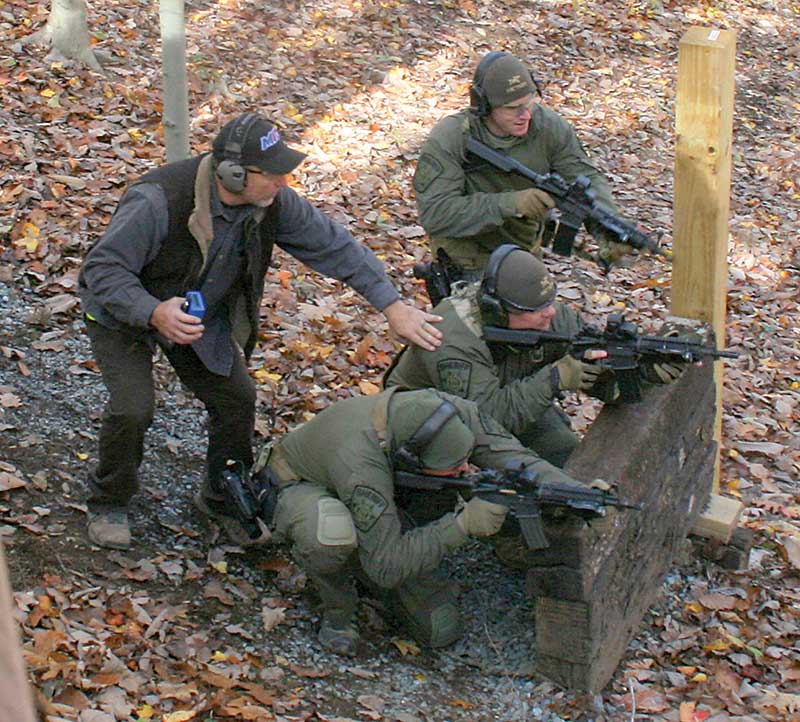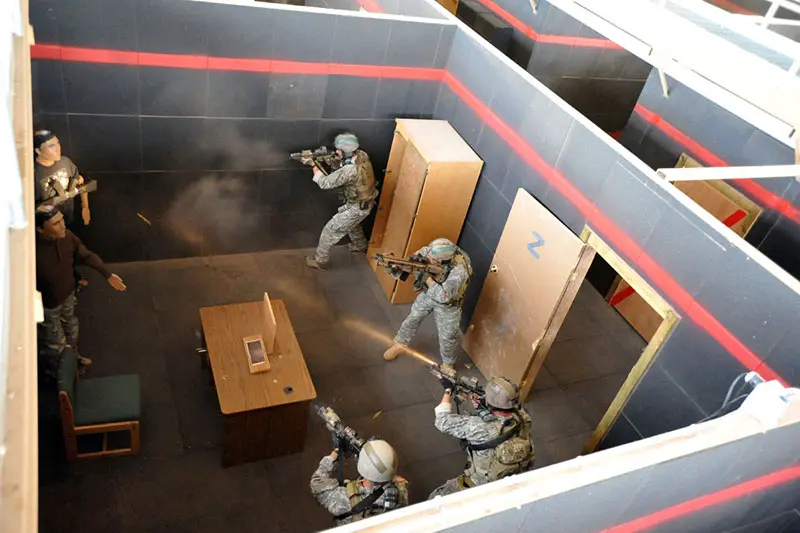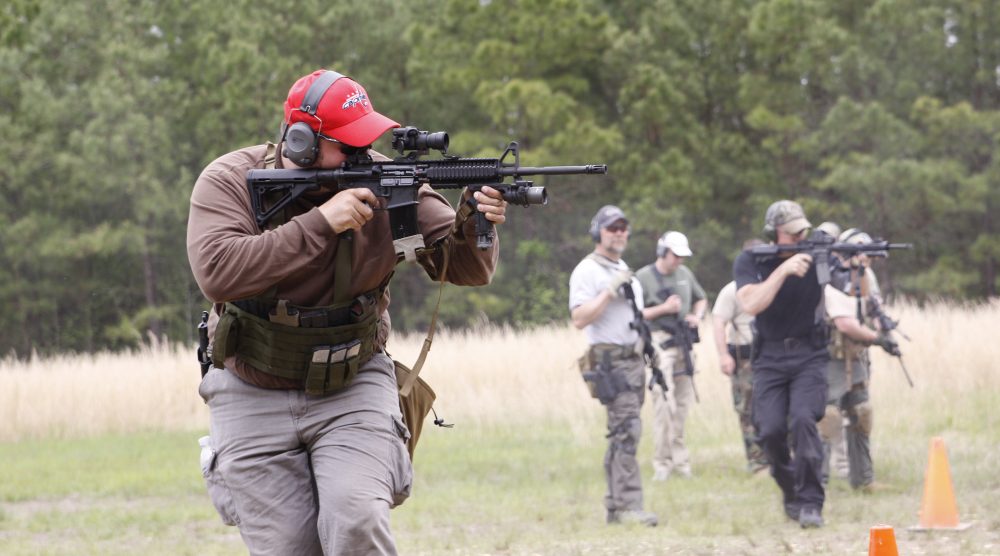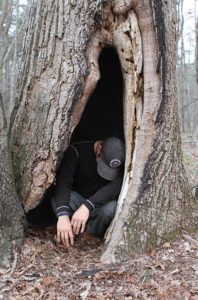
IT has been said that there are no rules in one’s fight for survival. Animals are the best example of this, with humans a close second. However, even animals act irrationally when put in a precarious situation, and all the fight in the world won’t make any difference. Humans have a little more common sense when it comes to problem solving and acting rationally.
To a person in the wild, there are a few rules that, if paid attention to, can make the difference between life and death. I first heard these rules spelled out while watching a video on wilderness survival by late survival guru Ron Hood.
It goes something like this: A person has about three minutes without air before they die, three hours without shelter, three days without water, and three weeks without food.
Naturally, there are many variables to this, give or take an hour or two or an extra day. There are many accounts of people surviving for longer periods of time that defy these rules, so think of them more as guidelines.
Table of Contents
AIR
This is a no-brainer. Air keeps us alive, and three minutes without it is a long, long time. In fact, three minutes is a bit longer than most of us can hold our breath. And unless you have gills like Kevin Costner in the movie Waterworld, three minutes seems to be the maximum amount of time before death is imminent.
When does lack of air become a fight for survival? Some realistic examples are choking on food or drinking liquid and having it go down the windpipe. As kids, we probably all went for that winning kick of the ball only to slip on it and fall flat on our back, knocking the wind out of us.
These are common ways in which we may have experienced a brief fight for air. More extreme cases include having a seatbelt wrapped around the neck in a car accident or nearly drowning. Whatever it may be, we only have three minutes of air to fight our way out of it!
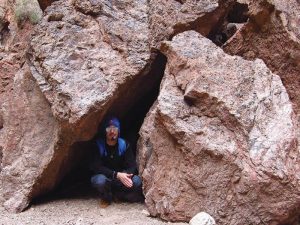
SHELTER
Believe it or not, a person can experience symptoms of hypothermia at 55 degrees Fahrenheit—not considered an extremely low temperature. It only takes the right amount of exposure to cool the body to a point where it can no longer warm itself. This type of exposure could be brought on by the air temperature alone or a deadly combination like wetness and wind. This is, in my opinion, the worst type of exposure a person can experience, and it doesn’t need to be brought on by falling into a creek or from rain. Perspiration can do it.
In a tough situation such as being lost, panic—fight or flight, those animal instincts we were all born with—kicks in and we perspire. Or even worse, we start moving more quickly, causing a sweat and, before we know it, we get hit by the wind! If it’s not a hot summer day, wind and wetness will cool a person down dangerously fast.
Despite what the survival books say, it takes about three hours to build a decent shelter. Unless you are efficient in constructing primitive shelters and have the necessary tools, it’s better to find a place to hunker down out of the elements. Natural windbreaks like thickets of trees or some type of rock covering are the simplest ways to get out of the wind. Finding a cave is the best and easiest way to provide overhead protection and cut down wind instantly.
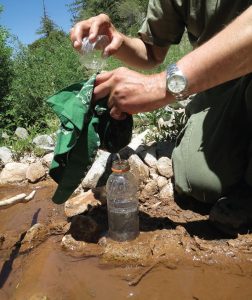
But this is not always possible, and caves come with their own set of dangers like animals living in them. Large trees that have been struck by lightning at their base can sometimes allow a person just enough room to get out of direct rain and wind. Carrying a simple reflective Mylar space blanket will help this situation immensely by providing cover and body heat retention. Remember, when it comes to sheltering yourself, the clock is ticking!
WATER
Water is the most essential element in our day-to-day lives. When I do any outdoor sporting activities, I carry iodine tablets or a water filter to guard against giardia and cryptosporidium. I also drink only clear, fast-moving water. In a survival situation where water is available, but not the means to purify it—drink!
It can take up to two weeks for waterborne pathogens to start wreaking havoc on our bodies. In this situation, we have to play the numbers game in our favor and hope for rescue or to get ourselves out of the situation where the sickness (if any) can be dealt with. The alternative is to not drink available water and slowly dehydrate in about three days.
FOOD
Most people cannot fathom a couple of days without food. But after two to three days without eating, the sensation of hunger is greatly diminished—but so is a person’s strength. Still, food is not considered a priority in an emergency survival situation until about the third week.
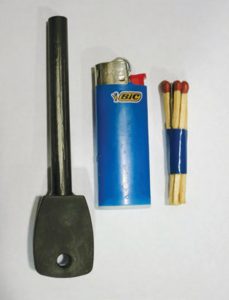
Our bodies need a large amount of water to digest meat. Eat meat only if you have enough water to help with the digestion, or our internal water supply will start to become depleted. Regarding edible wild plants and berries, it takes a lot of time and study to learn which ones will not poison you.
Shelter and hydration are priorities. Food should be considered a luxury in a survival situation.
THE REOCCURRING THREE
There are other places where three occurs that are important to survival and possibly a matter of life or death.
In signaling for rescue, three of any kind of sound is the universal distress signal. Three signal fires arranged in a triangle or a line indicate to people on a mountain ridge or up in the air that help is needed. When packing a survival kit, it is wise to be redundant with fire. Having three ways to make a fire (matches, lighter, and ferrocerium rod) and carrying tinder will greatly improve the chance of getting a fire in normal or less-than-ideal conditions.
Although the rule of threes pertains to human survival, people follow this rule without even thinking about it on a day-to-day basis. We stay inside when the weather is bad and dress accordingly for it. We eat and drink water consistently.
The only difference is that, in an emergency situation, these rules must be recognized. Air, shelter and water are all priorities in the fight for survival!
